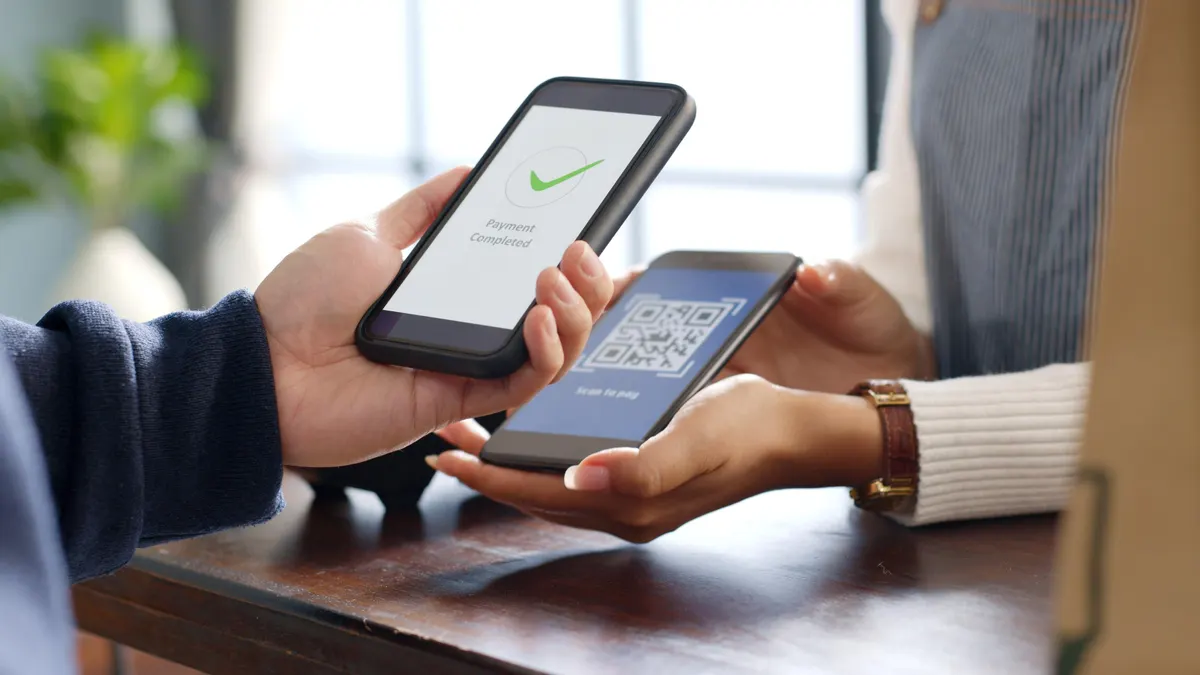Despite the COVID-19 pandemic, many businesses are reluctant to adopt new payment technology. However, implementing contactless payments is simpler than it seems.
Unlike credit card transactions, contactless payments use tokenization to encrypt and transmit data. It means that even if your POS terminal is breached, hackers won’t be able to access customer credit card information.
Convenience for Customers
Contactless payments eliminate the need to swipe a credit card or enter a PIN, so customers experience a smoother checkout process. They tap their compatible device (such as a smartphone, wearable or contactless card) on the reader to complete a transaction. The streamlined payment system helps reduce customer wait times, increasing sales and improving customer satisfaction.
Consumers seek safe and convenient ways to pay for products, and many prefer contactless payments over cash. For businesses, offering a contactless payment option can strengthen brand loyalty and enhance a company’s competitive edge. In addition, companies can reduce their exposure to potential crime by reducing cash on hand and minimizing the need for staff to handle it.
During the pandemic, a contactless payment system can also help keep employees and customers safe. Since the virus survives on cash for days, handling it could carry germs from one person to another. It is why many retailers are choosing to stop accepting cash. However, some customers still want to pay with their cards or mobile devices. In those cases, small businesses need a variety of payment apps.
Reduced Risk of Fraud
The transaction is completed in seconds when a consumer taps their contactless payment card, phone, or wearable device on a point-of-sale (POS) terminal. These devices communicate wirelessly with a payment reader using near-field communication (NFC) technology.
Unlike traditional cards that require you to swipe them through a card reader or enter your PIN to complete transactions, contactless payments are more secure. They are backed by encryption, which makes it difficult for fraudsters to steal the data they need to clone or make fraudulent purchases.
Some consumers would prefer to use their contactless cards at stores. They may think their information could be stolen through skimming or a man-in-the-middle attack. This fraud only happens when a card is not stored correctly or easily found.
There are various methods to safeguard your customers’ data from cyber attacks, such as selecting robust passwords and securing your devices with software. However, examining the privacy policies of contactless payment service providers you plan to utilize is crucial. Notably, most contactless payment services only transmit encrypted information, not the actual credit or debit card numbers. Linking your customers’ contactless payment cards or mobile wallets to their business accounts can reduce the risk of fraud.
Reduced Costs
Many customers appreciate the faster checkout times and increased convenience of contactless payments. In addition to cutting back on time spent waiting for a credit card to swipe or be keyed in, tap-to-go transactions are more secure than traditional payment methods. They use near-field communication (NFC) technology, which transmits radio waves between the card or device and the POS terminal. These waves are encoded so that hackers can’t read the information.
It further reduces the chance of a transaction being fraudulently charged or lost. Moreover, businesses that do not offer these options are losing out on customer satisfaction.
Another benefit of a contactless payment app is that it reduces costs for small business owners. Some retailers fear their processing fees will increase when they offer contactless payment options. Still, the reality is that these transactions are typically less expensive than traditional credit card payments.
Some payment platforms can charge businesses only for the number of transactions they make, not per swipe or tap. Furthermore, several other platforms offer monthly business options based on a small business’s monthly transactions.
Increased Customer Satisfaction
Due to the pandemic, several businesses have had to alter their operations, particularly regarding payment methods. While some business owners are still reluctant to offer mobile payment options, others have seen that this technology can boost customer satisfaction and foster brand loyalty.
Contactless payments allow customers to complete transactions without swiping or inserting their card into a terminal or entering a PIN. This short-range NFC technology prevents data theft, an essential benefit for business owners and customers. Customers also don’t have to worry about picking up germs from other people’s credit cards or cash, making this method more hygienic.
Customers can use a mobile wallet to purchase, which is ideal for brick-and-mortar stores and other service-based small businesses. Alternatively, they can tap on a point-of-sale (POS) terminal with a smartphone which offers all the features of a traditional POS system and has a built-in NFC reader for seamless integration.
Small businesses must offer this option as consumers demand faster and more convenient checkouts. Adding contactless payments to their offerings can ensure they remain competitive while providing peace of mind for customers and staff. Moreover, they can help streamline receivables by transferring funds directly to the business bank account and keeping electronic records for accounting purposes.

